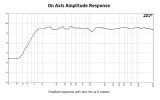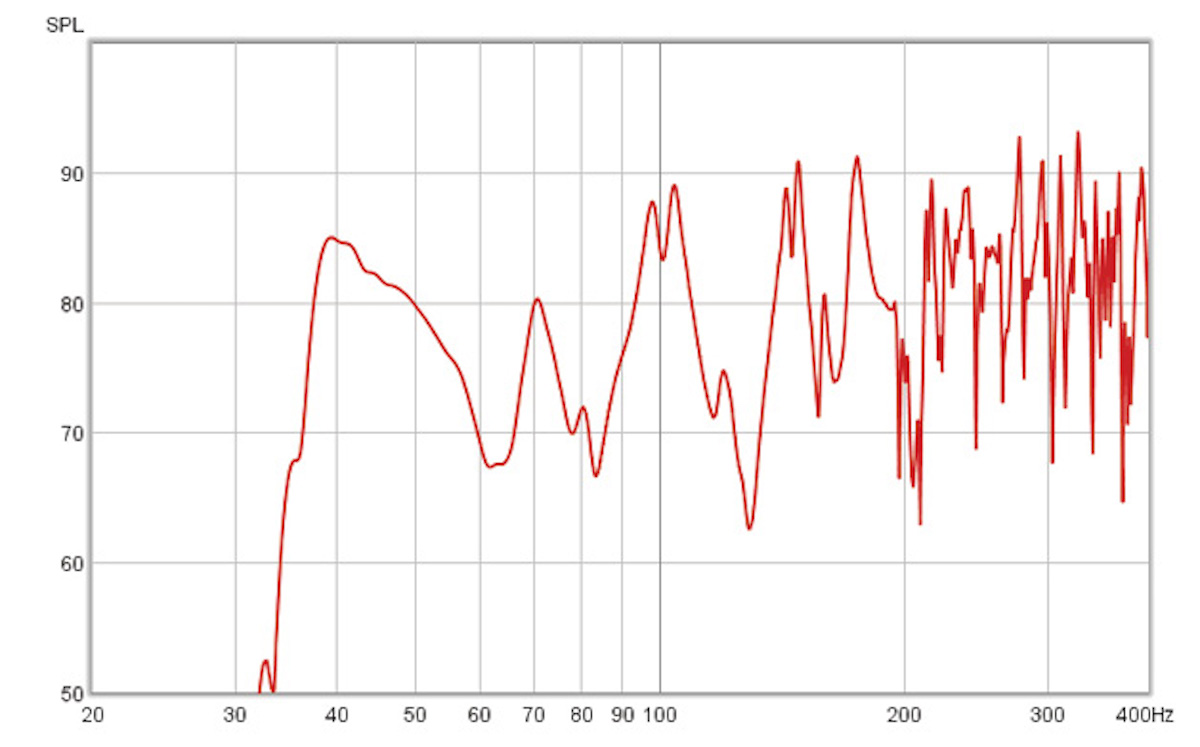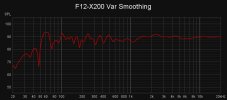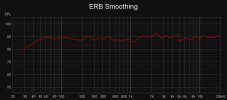Anybody can correct their speaker, you don't need to tweak your nipples over room reflections and other things unless you really want to.
This is backwards. The room makes more of a difference than the speaker.
Assuming that no speaker has significant directivity errors, I'll take $1000 speakers in a $10,000 room over $100,000 speakers in a $1,000 room, even if I'm not paying for them. It's going to sound better.
...at least in a hi-fi or studio context.
You bring up a good point. People have different tolerances for what they will accept.
I'm the kind of person who is a bang-for-buck kind of guy. I care about stuff that makes the most difference and ignore the petty details that distract from the big picture. And I'm convinced that EQ correction on a cabinet makes a big enough difference that you and everyone would agree with me if you could hear the difference. So much so, that after you hear the difference, you'll wonder why everyone doesn't correct their cabinet if they need FRFR. I'm the guy who ignores tonewoods and pushes amp modeling so you know I don't subscribe to those hard-to-hear details that some people can't live without. Yet the difference between a corrected speaker is so significant, cheap, and easy that I'm going to try to get everyone I know to at least hear the difference before deciding.
This isn't about tolerances and what you'll accept, it's about whether or not chasing your tail is actually going to give you an improvement.
The whole sound spectrum changes
drastically based on the room and where the speaker is in it, until you're comparing two rooms that are sufficiently big and sufficiently diffuse (which go together, you'll never create a diffuse sound field in a small home studio, for example).
Speakers don't even work the same in small rooms as they do in bigger ones. Below the Schroder frequency for the room (which you can calculate but not really measure using halfway-normal tools), bass actually works by changing the air pressure in the room rather than bouncing around the way highs do. You're essentially sitting inside a giant relatively sealed subwoofer. The pressure changes also aren't constant throughout 3d space, and you're essentially working with trying to smooth out the pressure field
at your listening location. You can't do that by getting measurements from a close mic. And you can't do it for the whole room unless the room is
huge. And then you're battling inverse square laws for level....so, there's still a serious limit to what can be done.
There are ways to get good measurements for speakers that essentially take the room out of it. The most affordable one I'm aware of is the Kippel Near Field Scanner, which is around $100k. It absolutely can measure speakers insanely accurately including phase distortions between drivers and directivity, and you can use it both to evaluate speakers and generate a very good corrective curve that starts you out flat before your room. And the results can tell you whether it's worth bothering.
As far as
correcting it with an analog EQ....just no. There are no analog EQs that are precise enough to linearize a speaker
or deal with room effects. Using 31-band (1/3 octave) graphic EQs was a thing 30-40 years ago. Today, no one who knows what they're doing bothers. They're not good enough. Can one make it sound better? Absolutely. They just can't make it accurate.
Now, if you take the science out of it for a minute and just use your ears...listen to it and realize that today it's a little boomy or bright or there's a "thing" at 2.5k that you don't like....EQ it. Make it sound good. If some of those corrections are consistent, awesome. That's less you have to do each time. I like EQ for that....I'm much more likely to tweak an EQ than go searching for a different IR as long as what I'm using is close.
But bringing in measurements for this application....it really seems like you're just going to wind up chasing your tail. I honestly think it's a better solution to use one of your Perform pages for a couple shelves and maybe 1 or 2 parametric bands for in-the-moment corrections and leave making it sound good to everyone else up to the FOH or recording engineer....even if it's you.
ETA:
If your goal is
really accurate sound....an F12 isn't the right solution to begin with. It wasn't made for that. If that's your goal, you're better served with good hi-fi or studio speakers in a treated room through room correction or IEMs through correction and possibly HRTF crossfeed.
But, then you lose the amp-in-the-room thing...which mostly comes from the cab interacting with the room. You really can't have both.




